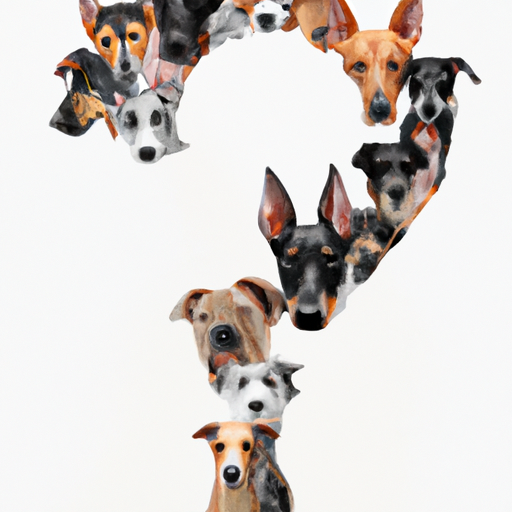As a caregiver, you may often find yourself wondering about the vast diversity of dog breeds that exist today. You’ve likely encountered many breeds, from the tiny Chihuahua to the massive Great Dane, and have been amazed by their unique characteristics and temperaments. So, why are there so many breeds of dogs?
The Origin and Evolution of Dogs
Firstly, it’s crucial to understand where dogs originated from. Based on genetic studies, it’s widely accepted that dogs are descendants of wolves. Approximately 15,000 to 40,000 years ago, humans began to domesticate and breed wolves for specific traits – a process that eventually gave rise to the domestic dog we know today.
- Selective Breeding: Early humans may have begun selective breeding of wolves to promote certain desirable traits. These could have been hunting skills, gentleness, loyalty, or physical characteristics like size and color.
- Natural Evolution: Over time, these dogs began to naturally evolve and adapt to their environments, leading to noticeable differences in appearance and behavior.
The Role of Humans in Dog Breeding
The large number of dog breeds we see today is primarily due to human intervention. People started breeding dogs with specific characteristics to perform certain tasks. For instance:
- Hunting Dogs: Breeds like the Beagle, Bloodhound, and Pointer were bred for their heightened sense of smell and speed to assist in hunting.
- Herding Dogs: Breeds like the Border Collie, Australian Shepherd, and Belgian Malinois were bred for their intelligence and agility to help herd livestock.
- Companion Dogs: Breeds like the French Bulldog, Shih Tzu, and Pomeranian were bred for their size and friendly demeanor to serve as companions.
As societies evolved, so did the purpose of dog breeding. Dogs were no longer just working animals, but also symbols of status and wealth, leading to the creation of many ‘toy’ and ‘designer’ breeds.
The Influence of Geographical Location
Geographical location has also played a significant role in the development of dog breeds. Dogs were bred to adapt to the specific climates, terrains, and demands of their region.
| Region | Adaptations | Examples |
|---|---|---|
| Cold Climates | Thick fur, sturdy build | Husky, Malamute |
| Hot Climates | Short coats, lean bodies | Saluki, Afghan Hound |
| Mountainous Terrains | Strong legs, high endurance | Bernese Mountain Dog, Saint Bernard |
The Impact of Modern Breeding Practices
In recent times, breeders have been creating new breeds for aesthetics, often ignoring the potential health implications. This has led to an explosion of new breeds, but also a rise in breed-specific health issues.
FAQ’s
- How many dog breeds are there?
-
The American Kennel Club currently recognizes 197 dog breeds, but it’s estimated that there are over 340 breeds worldwide.
-
Why do some breeds have health issues?
-
Certain health issues are more prevalent in specific breeds due to the genetic traits that have been passed down through selective breeding. For example, brachycephalic breeds like Bulldogs often have breathing problems due to their short noses.
-
Can new dog breeds still be created?
-
Yes, new dog breeds can and are still being created, often by crossbreeding existing breeds.
-
What is the rarest dog breed?
-
The rarest dog breed varies depending on the source. However, some of the rarest include the Azawakh, Otterhound, and Finnish Spitz.
-
Are certain breeds inherently dangerous?
- A dog’s behavior is more influenced by its upbringing and training than its breed. Any dog, regardless of breed, can be dangerous if not properly socialized and trained.
The rich diversity of dog breeds is a testament to the complex relationship between humans and dogs. As caregivers and dog lovers, it’s our responsibility to appreciate this diversity, while also advocating for healthy and ethical breeding practices.



